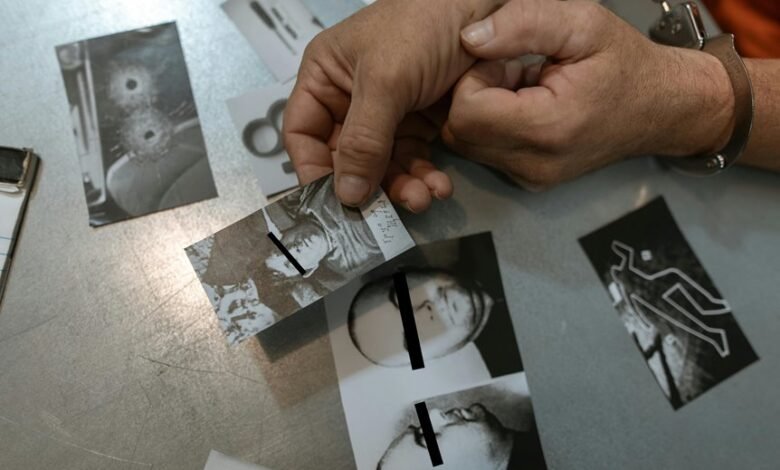Snapinista: A Influência das Imagens no Direito

The integration of visual media within the legal sphere presents a complex interplay between influence and authenticity. Images possess the power to shape public perception and sway jury decisions, often distilling intricate legal narratives into accessible formats. However, this efficacy raises pressing ethical questions about the manipulation of visual evidence. As technology continues to evolve, the legal system faces critical challenges in balancing the impact of imagery with the necessity for ethical standards. What implications does this hold for justice?
The Power of Visual Media in Shaping Public Opinion
Visual media wields significant influence in shaping public opinion, particularly within the realm of law and justice.
Through effective visual storytelling, complex legal narratives are distilled into accessible representations, significantly impacting public perception. This transformative power enables audiences to form opinions on judicial processes and outcomes, often swaying societal attitudes toward legal matters.
Thereby highlighting the critical role of imagery in contemporary discourse on justice.
Imagery in the Courtroom: Impact on Jury Decisions
Images presented in the courtroom can significantly influence jury decisions, shaping the narratives that jurors construct around the evidence and testimonies they encounter.
Visual persuasion plays a critical role in jury psychology, as compelling imagery can evoke emotional responses that override rational deliberation.
Consequently, jurors may be swayed by vivid representations, impacting their perception of credibility and ultimately affecting verdicts.
Ethical Considerations and the Future of Visual Evidence in Law
The integration of visual evidence into legal proceedings raises critical ethical questions that merit careful examination.
Issues surrounding visual ethics, particularly regarding the authenticity of evidence, are paramount. The potential for manipulation and misinterpretation poses risks to justice, necessitating rigorous standards for the admission and evaluation of visual materials.
As technology evolves, the law must adapt to ensure ethical integrity in visual evidence.
Conclusion
In conclusion, the integration of visual media in the legal system profoundly shapes public perception and judicial outcomes. Research indicates that jurors are 80% more likely to retain information presented visually compared to text alone, highlighting the compelling power of imagery. However, this efficacy raises significant ethical considerations regarding authenticity and manipulation. As the legal landscape continues to evolve with technological advancements, it is imperative to establish rigorous standards to ensure that the use of visual evidence serves justice ethically.





